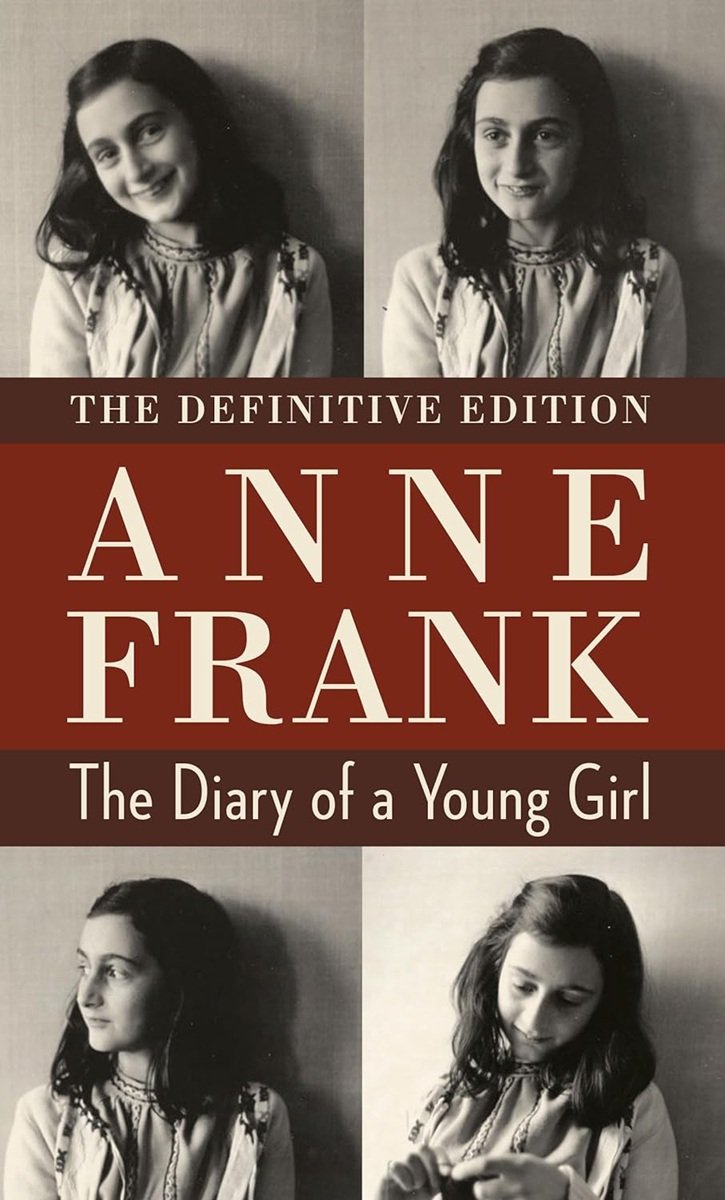Your cart is currently empty!
Anne Frank: The Diary of a Young Girl is a poignant firsthand account of life in hiding during the Holocaust, written by Anne Frank between 1942 and 1944. Through her diary, Anne captures the fears, hopes, and reflections of a young girl confronting extraordinary circumstances. The work highlights themes such as resilience, identity, human rights, and the loss of innocence, while employing literary elements like first-person narrative, tone, and characterization. This diary is suitable for grades 9–12, offering rich material for discussions on history, empathy, and literary analysis.

| Title: | Anne Frank: The Diary of a Young Girl |
| Author: | Anne Frank |
| Year Published: | 1947 |
| Suitable Grade Level: | Grades 9–12 |
| Key Themes: | – Resilience in adversity: Anne demonstrates courage and hope despite extreme danger and isolation. – Identity and self-discovery: The diary shows her growth, self-reflection, and exploration of personal values. – Loss of innocence: Anne’s experiences reveal how war and persecution accelerate maturity. – Human rights and prejudice: The text highlights the consequences of discrimination and the importance of empathy. – Hope amidst despair: Even in hiding, Anne maintains optimism and dreams for the future. – Effects of war on daily life: The diary illustrates how ordinary life is disrupted by conflict. |
| Literary Elements: | – First-person narrative: Provides an intimate and personal perspective. – Diary format: Captures the immediacy of her thoughts and experiences. – Characterization: Develops Anne’s personality, relationships, and emotional depth. – Tone: Shifts between reflective, hopeful, and anxious moods. – Imagery: Uses vivid descriptions to evoke settings and emotions. – Symbolism: The diary itself represents Anne’s voice, freedom of expression, and hope. – Motifs: Recurring ideas of fear, confinement, and hope reinforce the narrative’s emotional impact. |
| Rhetorical Devices: | – Reflection: Anne often examines her feelings, actions, and the world around her. – Foreshadowing: Hints of future danger create suspense and tension. – Contrast: Shows differences between her private life and the harsh reality of war. – Direct address: Writing to her diary as if it were a confidant engages the reader. – Juxtaposition: Normal adolescent thoughts are placed alongside extraordinary circumstances, highlighting the tension between innocence and reality. |
| Curriculum Connections: | – History: Holocaust, World War II, Nazi occupation, Jewish experience. – Literature: Study of memoirs, autobiographical writing, narrative voice, and characterization. – Ethics/Philosophy: Human rights, morality, courage under oppression, empathy, and tolerance. – Social Studies: Examines societal impact of war, discrimination, and the importance of resilience and civic responsibility. |

